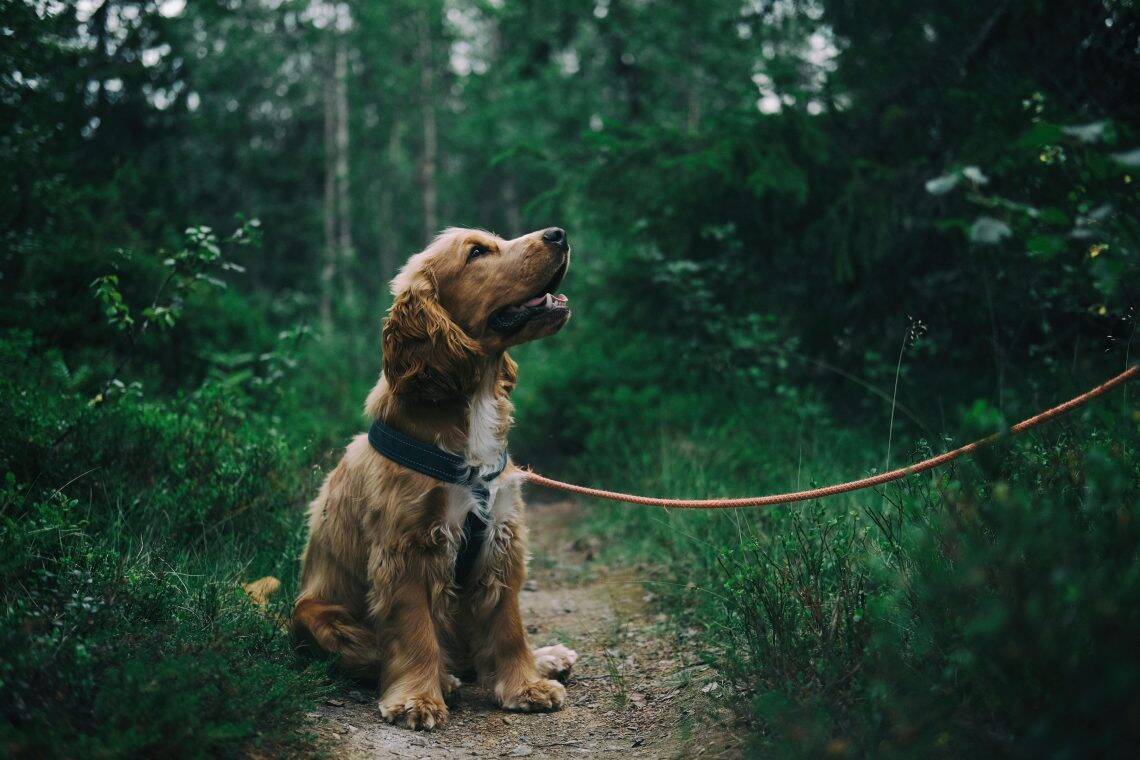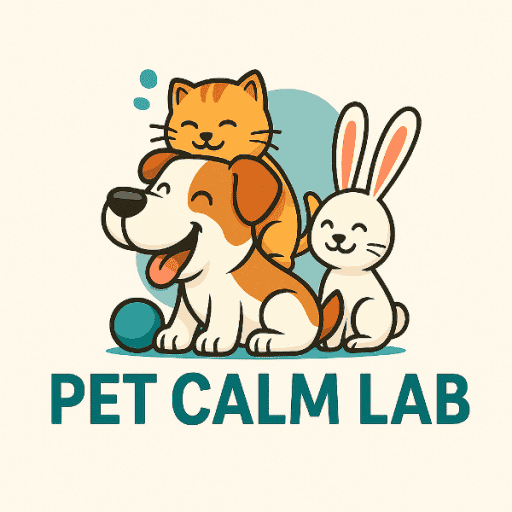
Dog Anxiety Symptoms: 10 Early Warning Signs Every Pet Owner Should Know!
Just like people, dogs can suffer from anxiety—and it’s more common than many owners realize. This emotional stress can affect your dog’s quality of life, relationships, and even long-term health. Dog anxiety symptoms are little obvious and anyone can know if there is such issues with their pet’s mental health. Whether triggered by separation, loud noises, or changes in routine, anxiety in dogs often goes unnoticed or is mistaken for bad behavior. Recognizing these signs early is essential.
As pet parents, understanding and responding to our dogs’ emotional cues can make a world of difference in their happiness and well-being. In this guide, you’ll learn how to spot the early warning signs of anxiety in dogs and what you can do to help.
Common Dog Anxiety Symptoms!
Dogs communicate distress through subtle behaviors before symptoms escalate. Early recognition is key.
- Pacing or restlessness: Dogs may wander aimlessly or seem unable to relax, even in familiar environments.
- Whining or barking: Vocalizing more than usual, especially when alone, may indicate separation anxiety.
- Hiding: Seeking refuge under furniture or in closets is a self-protective response to stress.
- Excessive licking: Licking paws or other body parts repetitively can be a coping mechanism.
- Accidents in the house: Inappropriate urination or defecation—particularly in trained dogs—may stem from fear, not disobedience.
- Panting or trembling: These physical signs often occur without heat or exertion, signaling inner turmoil.
- Showing the whites of the eyes (whale eye): This subtle but powerful cue reveals tension and discomfort.
- Loss of appetite or lethargy: A decrease in energy or food interest can reflect emotional overload.
Common Triggers!
Several factors can upset your dog’s sense of security and well-being.
- Loud noises (thunderstorms, fireworks): Sudden, unfamiliar sounds often induce fear-based reactions.
- Separation from owner: Dogs are social beings and some struggle deeply when left alone.
- Change in environment: Moving homes, new routines, or even holiday decorations can disrupt a dog’s emotional balance.
- New people or pets: Introducing unfamiliar faces or animals can be unsettling—especially in under-socialized dogs.
- Medical issues or discomfort: Illnesses, injuries, or age-related cognitive decline can also trigger anxiety.
When to Seek Help?

Occasional nervousness is normal, but chronic anxiety needs professional attention.
- If behavior persists over weeks: Watch for consistent symptoms that don’t resolve naturally.
- If anxiety is harming the pet’s health: Signs include constant stress, weight loss, over-grooming, or aggression.
- Talk to a vet or pet behaviorist: A veterinary behavior consult can assess triggers and create a personalized management plan, which may include behavior modification, training, environmental adjustments, or medication.
Remember—comforting an anxious dog won’t make them more fearful. You’re validating their emotions, not reinforcing them.
The Role of Routine in Reducing Anxiety!
Dogs thrive on predictability. A consistent daily routine—feeding times, walks, play sessions, and bedtime—helps your dog feel secure and reduces the uncertainty that fuels anxiety. Maintaining this structure, even on weekends or during travel, can prevent spikes in stress. If changes are unavoidable, ease your dog into the transition gradually and use calming techniques to support them through it.
Supportive Tools and Techniques for Calming Dogs!
Managing dog anxiety goes beyond observation—it’s about proactive support. Tools like anxiety wraps (e.g., ThunderShirt), calming music, pheromone diffusers, or puzzle toys can offer comfort and distraction. Positive reinforcement training builds trust and confidence, while behavioral therapy, under a vet’s guidance, may include desensitization techniques or prescribed anti-anxiety medications for more severe cases.
Conclusion!
Anxiety in dogs is a silent struggle—but it doesn’t have to stay that way. By learning the early signs and understanding the causes, you can provide the support your furry friend needs to thrive. Be observant, take notes, and never hesitate to reach out to a professional if your dog’s anxiety begins to interfere with daily life. Your proactive care can offer comfort and calm to your dog’s world.
Is your dog showing signs of stress? Comment below or check out our upcoming guide on calming remedies.
Have a cat as your pet? Check out our these 7 Early Signs Your Cat Might Be Sad or Stressed to make your pet’s mental health even better.
FAQs!
Can anxiety in dogs go away on its own?
Mild anxiety may resolve with time and training, but chronic anxiety often needs intervention.
Are some dog breeds more prone to anxiety?
Yes — breeds like Border Collies, Labrador Retrievers, and Chihuahuas are more sensitive to stress.
Should I use medication for my dog’s anxiety?
Only under veterinary supervision. There are natural remedies and training approaches that may help first.



